Any chance Jellyfin and Finamp have a music playlist and mix building feature?
Plex has this with Plexamp but I have not had a chance to look into jellyfin to see if a plugin offers something similar.
I hate building playlists, Plex offers a few different options like sonic sage, sonic adventure, artist mix builder, and automatic mixes based on past listening history.



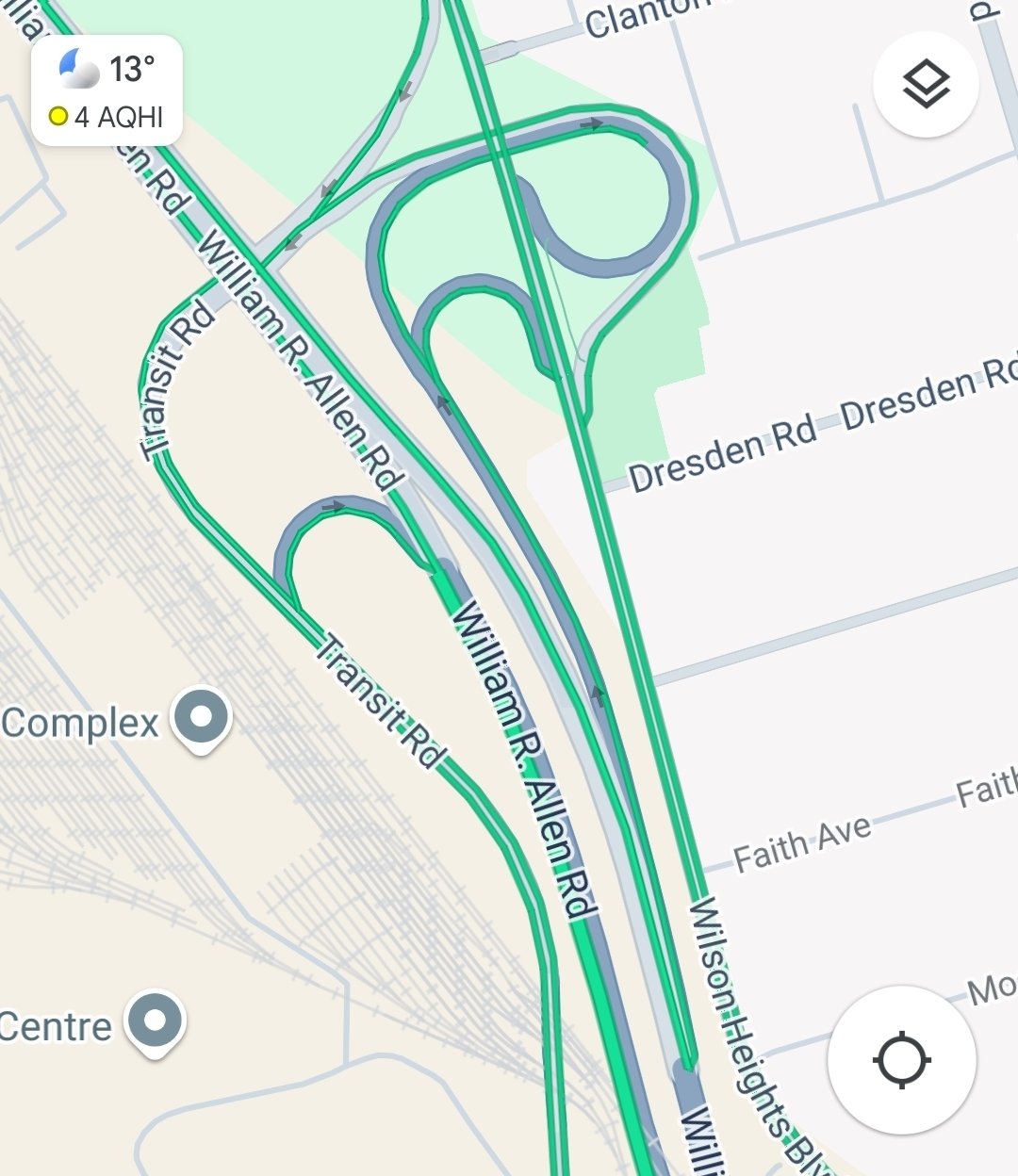
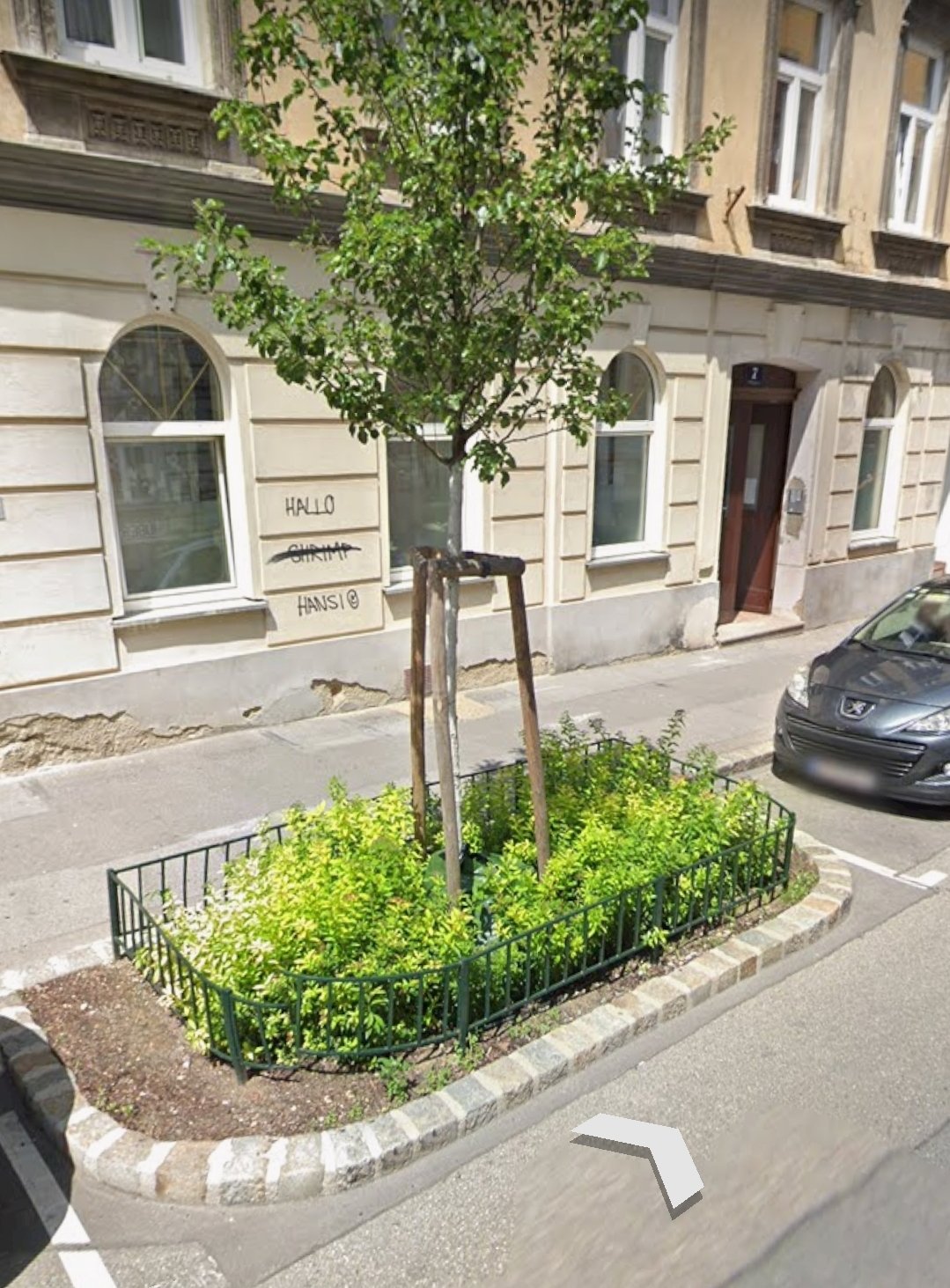
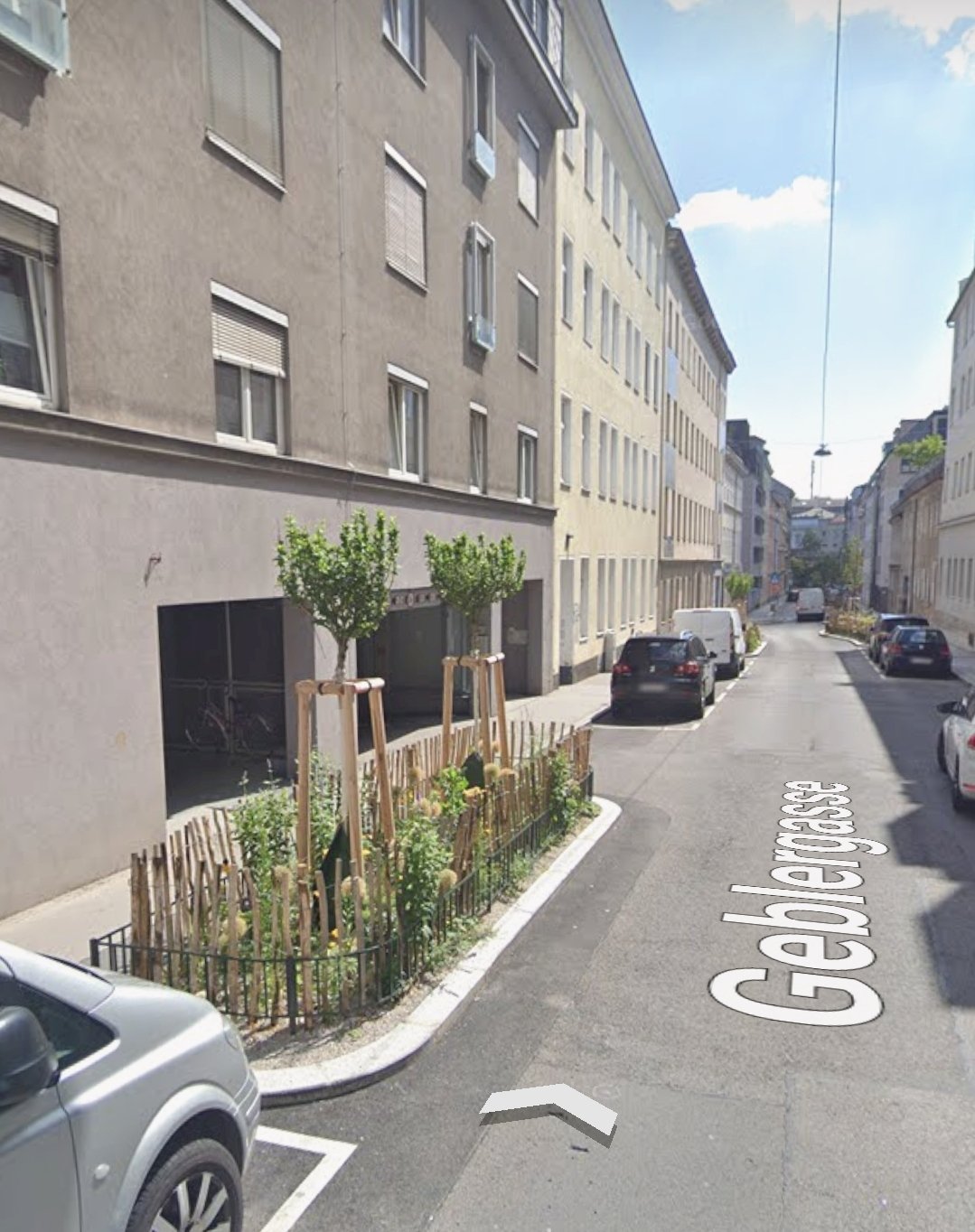
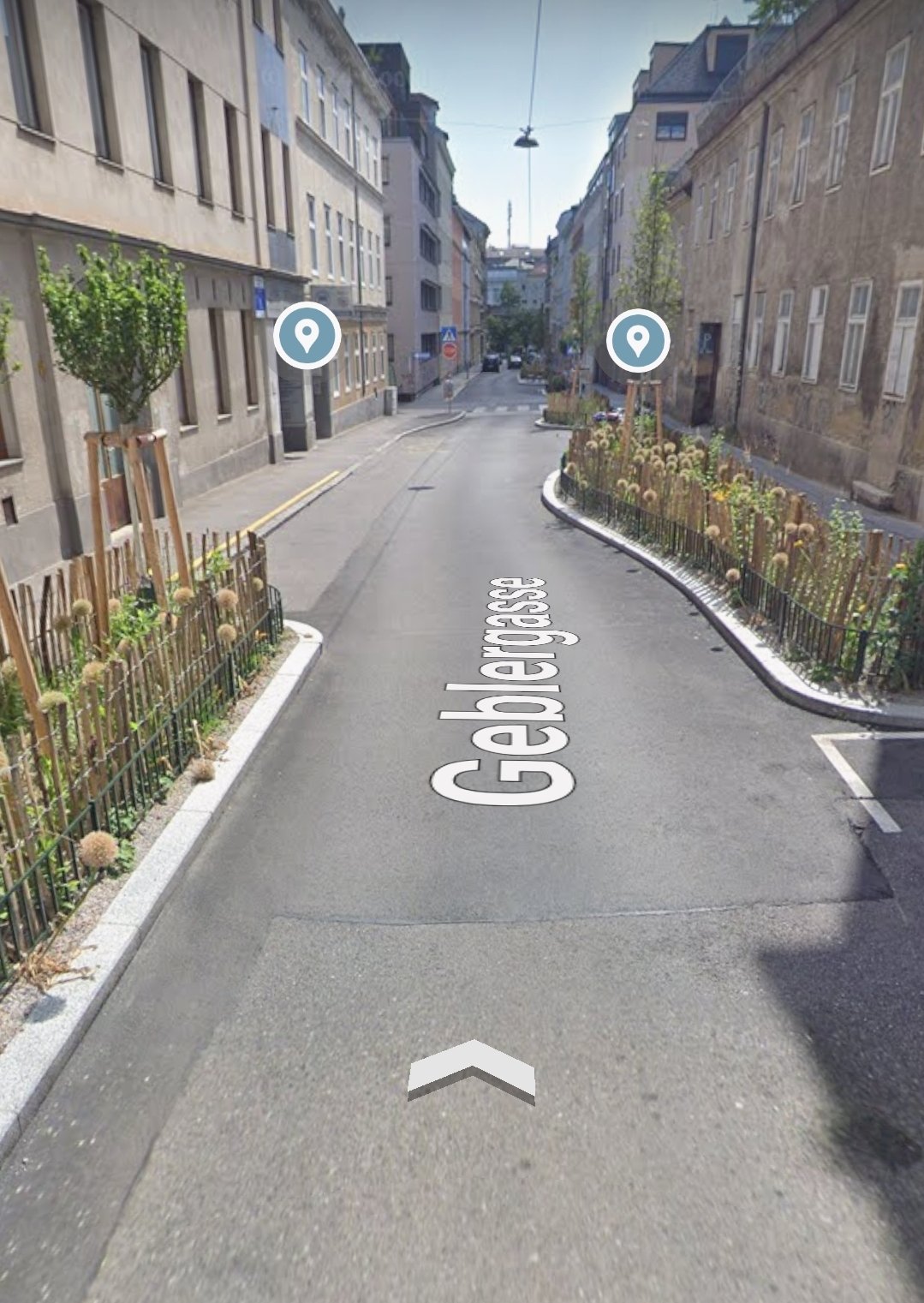
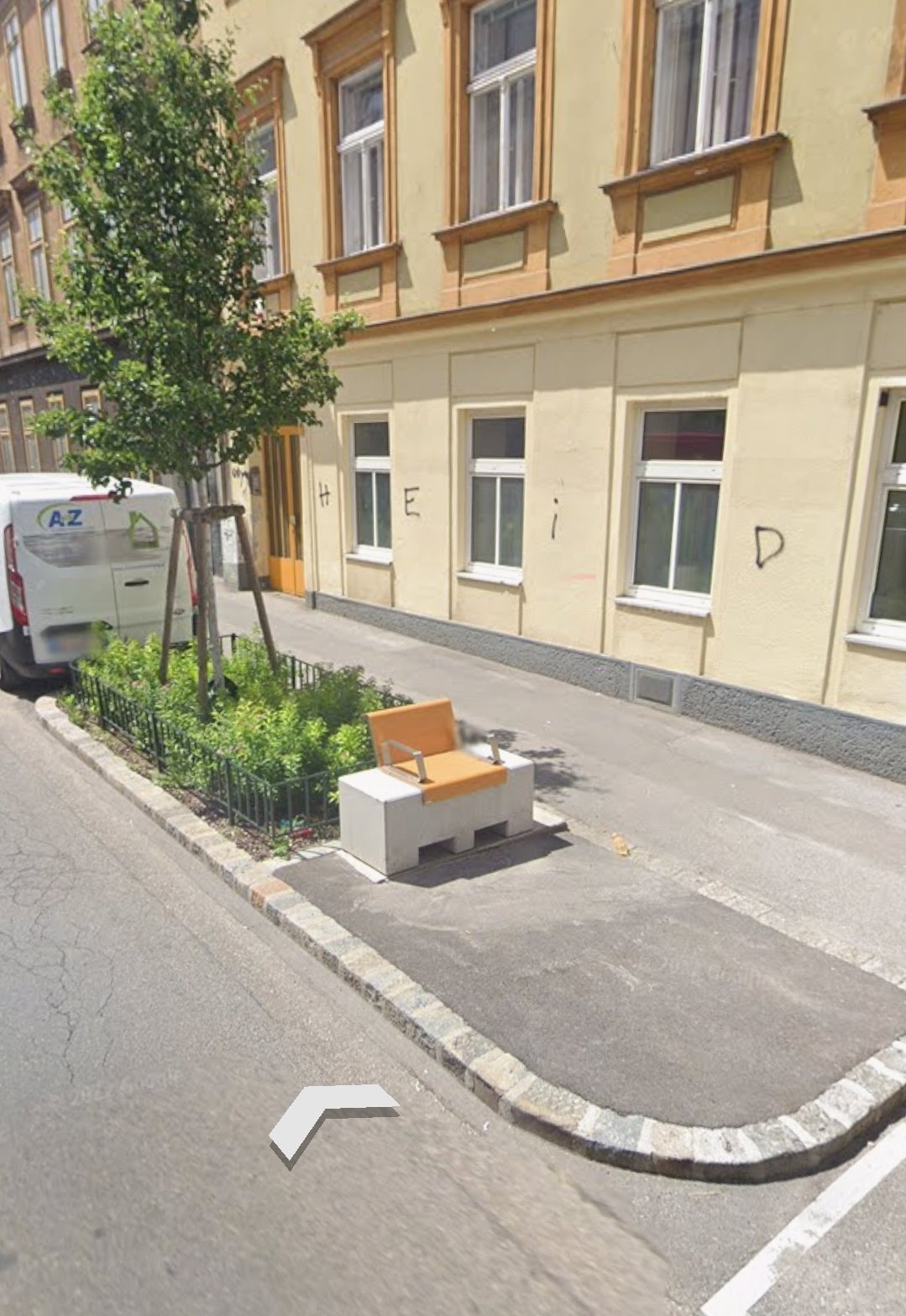
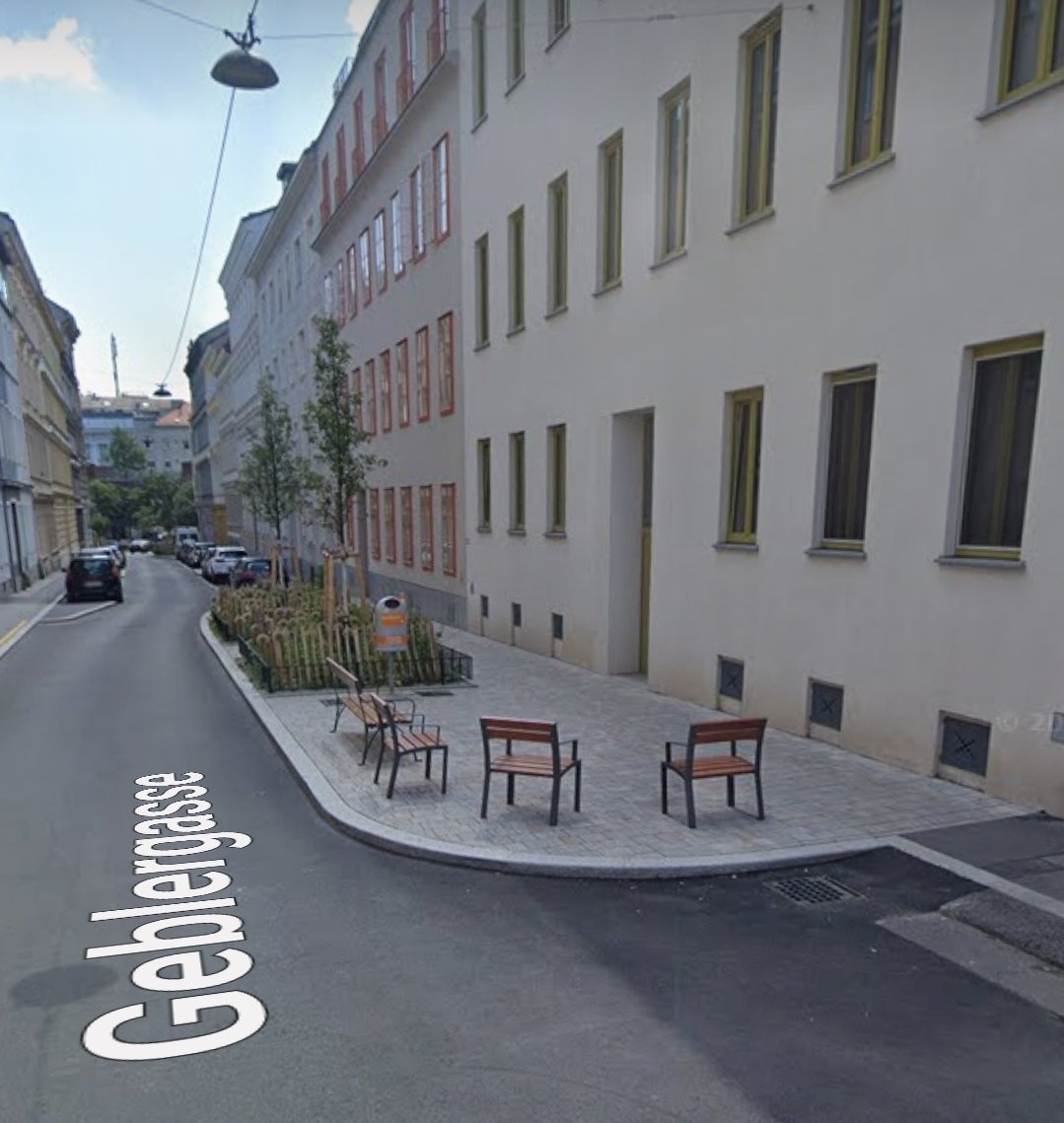



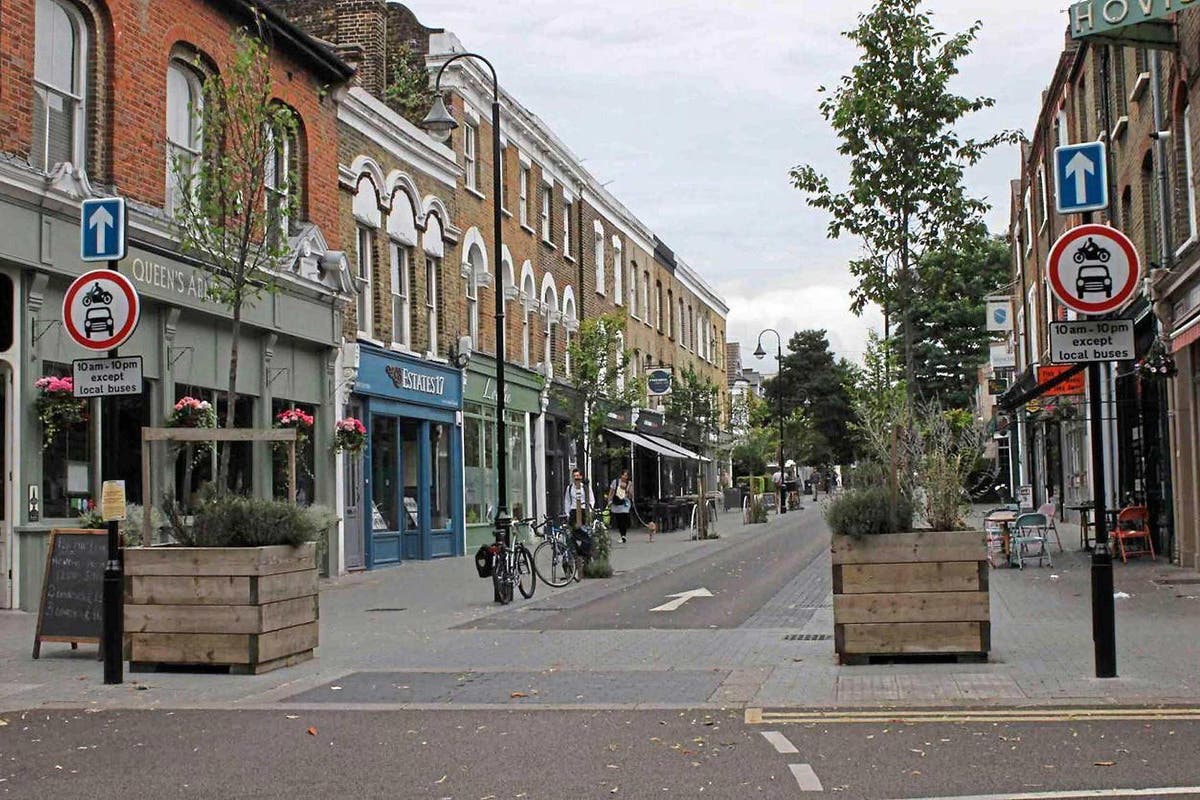

Something similar was done in Japan for walking and texting (or looking at your phone screen). Makes sense the same would translate to all modes of transportation including cars.
https://www.bbc.com/worklife/article/20200810-yamato-japan-smartphone-ban-while-walking
Though, jail time may be a little harse for communicating with people over a phone.